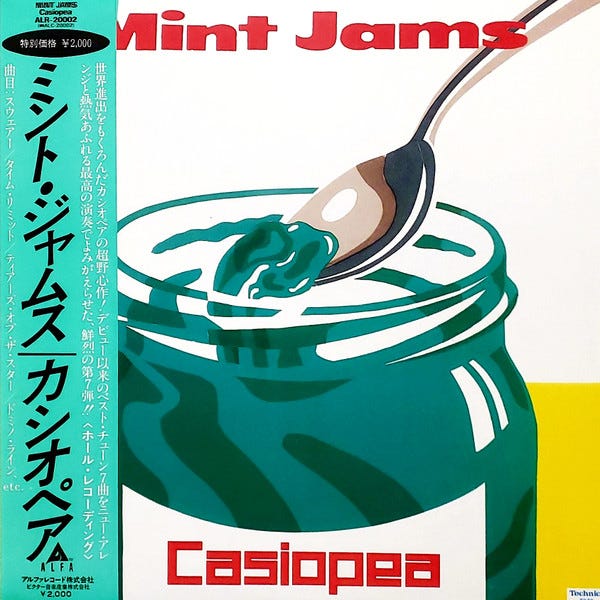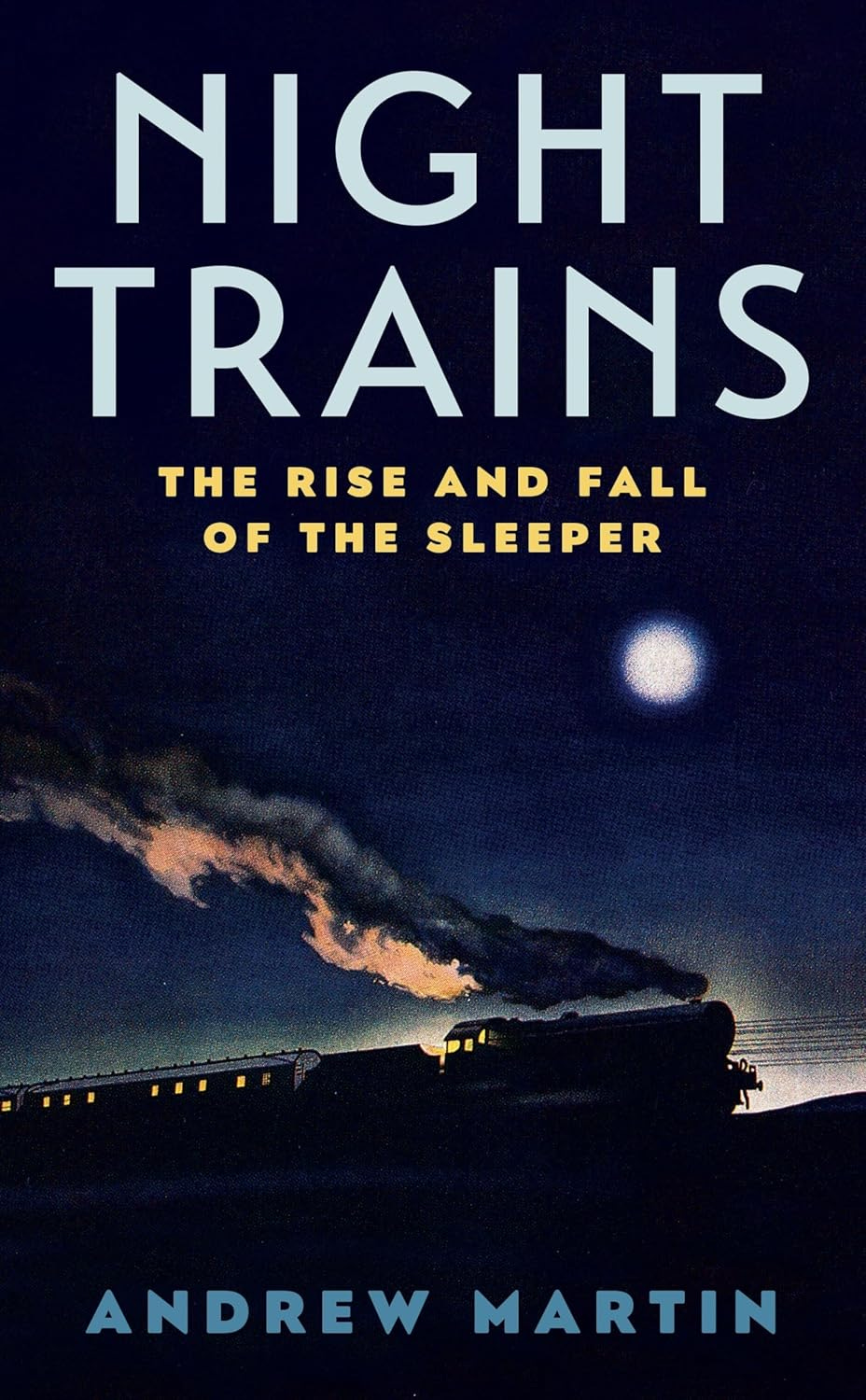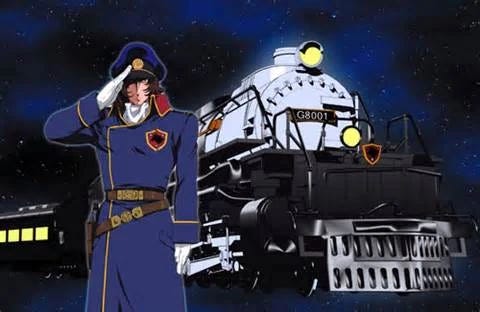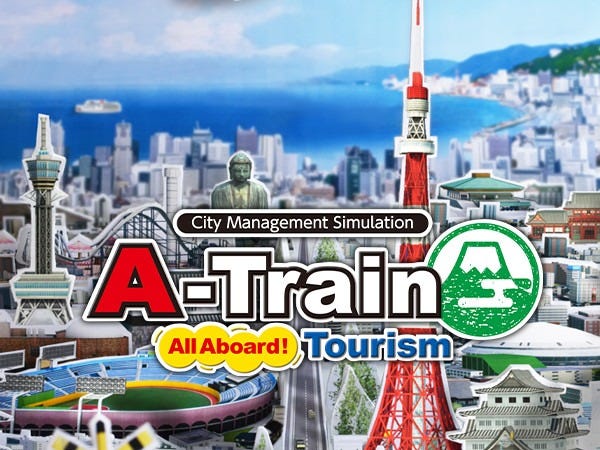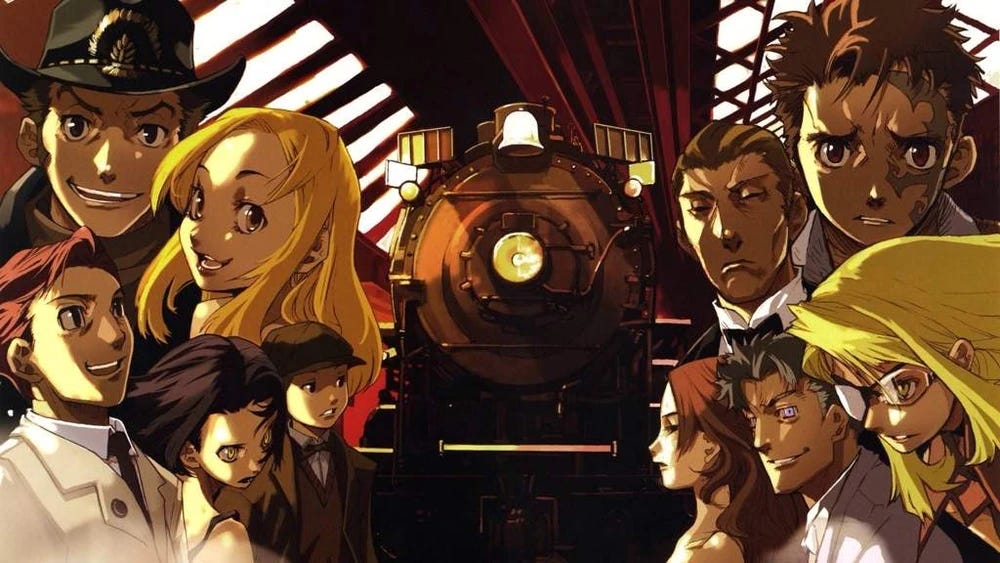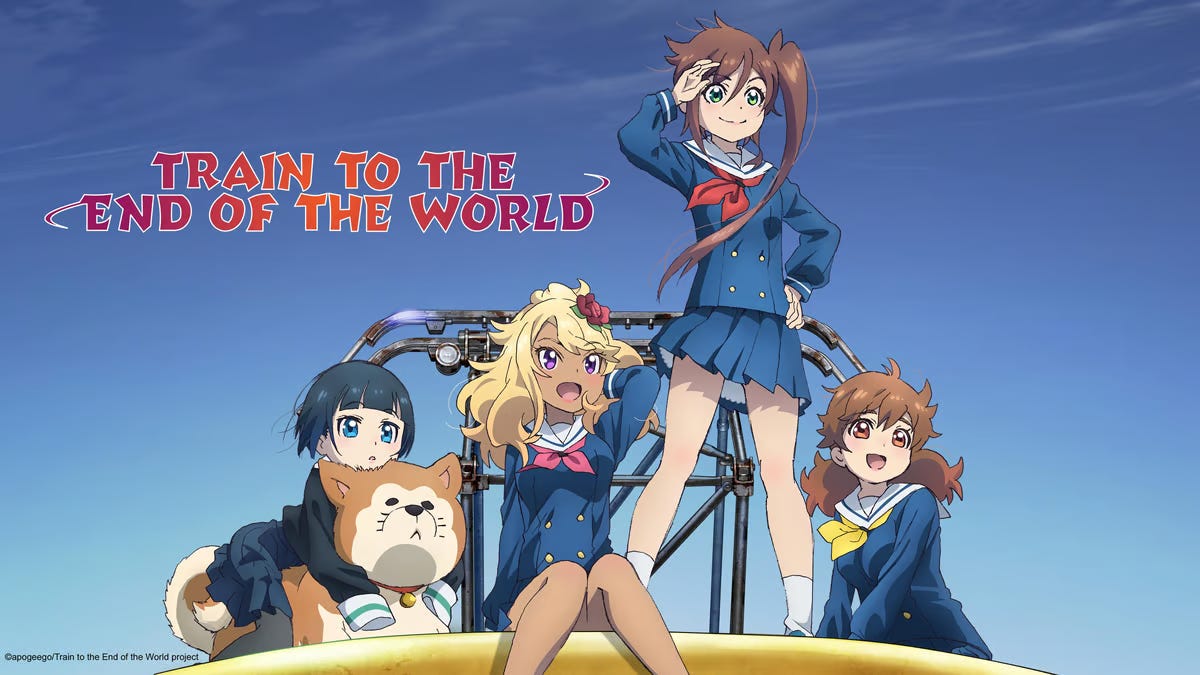Smooth brain; no thoughts, only train
Capsule reviews of various train-related media
I’ve been attempting to swallow the entire canon of train-related media ahead of an upcoming rail journey, and the borders between reality and trains are starting to collapse. Look into my eyes: trains, all the way down. Conversations are meaningless except as opportunities to drop more train facts. Below, I’ve reviewed approximately .0001 percent of the massive multi-platform cinematic universe of the train.
Casiopea (1979 album)
This is a Japanese jazz fusion band formed in 1976 whose members influenced a lot of old video game soundtracks and directly contributed to games like Mario Kart. I glommed onto them because I thought they named themselves after the Cassiopeia, a now-defunct luxury cruise train that took riders from Tokyo to Sapporo in 16 hours. But the spelling is different and the band is apparently named for the constellation. There’s still a train connection but not the one I thought: the band’s original keyboardist is a train otaku who founded Ongakukan, the company behind a popular series of train simulation video games. The latest release, “JR East Train Simulator” came out in 2022 on the Nintendo Switch Store.
The Night is Short, Walk On Girl (2017 film)
Anime director Masaaka Yuasa writes cowardly protagonists trying to grow spines and find a voice. His characters undulate like deranged amoebas, a purposefully abstract style that helps capture uncertainty and doubt. By contrast, “Walk On Girl” is an earnest, whimsical flower garden of a film, an adaptation of a 2006 Tomihiko Morimi (author of Tatami Galaxy) novel by the same name. A boy pursues a girl on the last day of school in hopes of confessing his feelings. But she barely notices him, veering off constantly in search of her real passion: getting wasted. The film overflows with raucous drinking scenes and Sorkin-speed philosophizing, but the trains here are more abstract. A small, plucky white train in search of its creator is the main character of the girl’s favorite children’s book. There’s a loan shark living in a ghostly train home that roves the night a la Howl’s Moving Castle. A great film, just not really about trains.
Undersea Super Train: Marine Express (1979)
Godfather of anime Osamu Tezuka made this lesser known film for a TV company’s annual charity, and he slipped in some surprising political dimensions. The maiden voyage of an ocean floor bullet train falls victim to a terrorist plot in this iteration of Tezuka’s Atom Boy universe. Atom Boy’s creator, Professor Ochanomizu (in gray above), is recast as “Dr. Narzenkopf,” who turns out to be the terrorist behind the train plot. He reveals that he was born a native Polynesian who grew up in America, but he fled to Japan after a white supremacist colleague betrayed him. But this is the real kicker: Dr. Narzenkopf is against trains. He’s convinced that new rail traffic will bring nothing but harmful foreign influences and extractive industries to the Polynesian Islands, his homeland. I’m not sure if this film is considered canon and I don’t care. This is my truth: Professor Ochanomizu is a mega-woke anti-imperialist AAPI who was radicalized by American racism.
Night Trains by Andrew Martin (2017)
A history of overnight train travel that compiles the rich lore of the companies that introduced luxury to the railways, particularly the Compagnie Internationale Des Wagons-Lits, whose oft-imitated blue cars left an indelible impact on global rail culture. The author’s father was a lifelong British Railways employee, and this book is his attempt to relive a childhood on rails. The history of luxury trains happens to contain the story of how rail travel’s affordability gave the masses a chance to experience leisure and vacations away for the first time. British unionized railway employees fought for travel benefits and were among the first working class riders on these fabled routes. Though Martin’s book focuses mostly on culture of luxury train travel in Europe, retracing fashionable itineraries and routes and chasing down facts about timetable publication design and other rail esoterica.
Galaxy Railways (2003)
This show feels like a pretty thin excuse for a group of grown men to draw to draw and animate a lot of cool trains. Vaguely sketched characters board space locomotives sparkling with photorealistic detail. The plot is Star Trek (track), but vibes are more Star Wars; poetic pew-pew-pews to a soaring symphony score. Dad and big bro died heroically and mysteriously in the militarized transit agency that administers the known universe. So the protagonist rebelliously and emotionally follows in their footsteps. It’s never explained why spacefaring trains need steam engines or why the transit agency is also the military and government. But they have laser cannons, and the mechanisms of the obsolete wheels and pistons pump and revolve with perfect accuracy.
The starring train in Galaxy Railways is based on a Union Pacific Steam engine known as the Big Boy. Creator Leiji Matsumoto was inspired by another train space anime with cats called A Night on the Galactic Railroad, which I couldn’t finish, despite my love for cats, space and trains. His characters and the vehicles they piloted are enshrined in bronze in the port city of Tsuruga, a historic rail hub that connected Japan with Europe via Vladivostok and the Trans-Siberian Express.
Trains symbolize transitions and transformations, but the image of a steam engine hurtling on imaginary tracks through space is more suggestive of a resistance to change. Especially since the enemy faction uses regular starships.
I can sense that there’s a rich historical texture here. But I just couldn’t take the laser battles between the steam locomotives and X-wings seriously. Maybe that’s my loss.
A-Train: All Aboard! Tourism (2021 Nintendo Switch)
In A-Train, the fun begins with selecting a business card design, logo and name for your company. And it’s the free Vista Print designs too, because I guess you have to earn premium office supplies in the railroad game.
You play as a railroad agency head who has accepted a federal grant with an exciting requirement: increase tourism and population measurably within a year or lose your job. An attractive anime cast walks you through the gameplay, which includes receiving employee discounts on agency conglomerate transactions and learning about debts, interest and gross profit. It’s a bit like Sim City except trains ultimately determine the fate of your community. I can’t recommend it as a video game, but it helps drive home how train agencies wield godlike power over rural communities with station and stop development.
Baccano (2003)
A slick, supernatural horror comedy that takes place on a fictional American transcontinental train called the Flying Pussyfoot. Creator Ryohgo Narita was inspired by the American gangster film canon, namely Brian de Palma’s The Untouchables. The anime’s artistic team even visited Manhattan, Chinatown, Brooklyn and Hell’s Kitchen to capture the era’s aesthetic. The series juggles storylines like a Tarantino film but it’s still anime, so there are a lot of impeccably-coiffed characters committing acts of shocking violence with rakish smiles to a banging jazz soundtrack. The English voice actors attempt period accurate Chicago and New York accents, and it’s silly, gory, and a little pretentious, but in a fun way.
TransSiberian (2008)/The Girl On the Train (2016)/Taking of Pelham 123 (2009)
As someone who came of age in the 2010’s with only a very dim idea of how to seem cultured, I watched a lot of prestige-tinged thrillers with bored, attractive casts in anxiety-inducing situations. Was there some unofficial genre based on manifesting the fears of people trapped in blank, quotidian lives? Most modern train thrillers locate themselves in this category, the true crimes of commutes. It’s hard to tell if these films are actually enjoyable even if you watch to the end. They cultivate such a desolate, bland atmosphere that when something finally happens, the stimulus-starved viewer is grateful for even a sip of action. Would these stories be popular if we didn’t have this shared reservoir of boredom around commutes to draw on? Commuter fiction, and true crime in general, employs a kind of wish fulfillment that reminds me of the slice of life genre in anime. But instead of lighthearted stories and comfy vibes, true crime - aka American style slice of life - allows people to experience fantasies of violence, or sex, usually both.
Train to Busan (2016)/Kabaneri of the Iron Fortress (2016)/Snowpiercer (2013)/Train to the End of the World (2025)
Trains, zombies and the end of the world are an excellent combo, and I’m not totally sure why. I guess there’s something comforting about being on a train during the apocalypse, presumably escaping said doomsday at a high speed.
Train to the End of the World is part of an expanding genre of cozy, lived-in apocalypse storytelling that mines our desire to feel safe, protected and fulfilled even as the world ends around us. These experiences have been a part of video games and anime for decades. But now it seems this apocalypse-themed comfort food is traveling beyond nerd circles in stories like The Walking Dead and The Last of Us. There are so many stories about the end of the world that the apocalypse is less a plot point than an aesthetic choice. Most of these stories aren’t that concerned with unpacking what ends the world. They’re more interested in imagining what kind of lives we’ll lead after the end.
Train To The End of the World is the latest evolution of the genre, one that cuts out the death, devastation and human drama of the apocalypse and instead focuses on what’s important: the vibes. A group of friends get on a train to search for their missing friend, traveling trough a landscape distorted by the disastrous launch of a new phone network. It’s a disgustingly whimsical, aesthetic apocalypse of soft padded walls. One main effect is that people have been turned into cute animals or miniaturized.
But I have no specific critiques for the show. I just think the growth of this kind of story has some dark ramifications. It suggests that what we really want to do, here, at the end of all things, is to chill. No struggling to survive or attempting to rebuild, just a lonely search for what pleasures remain.



